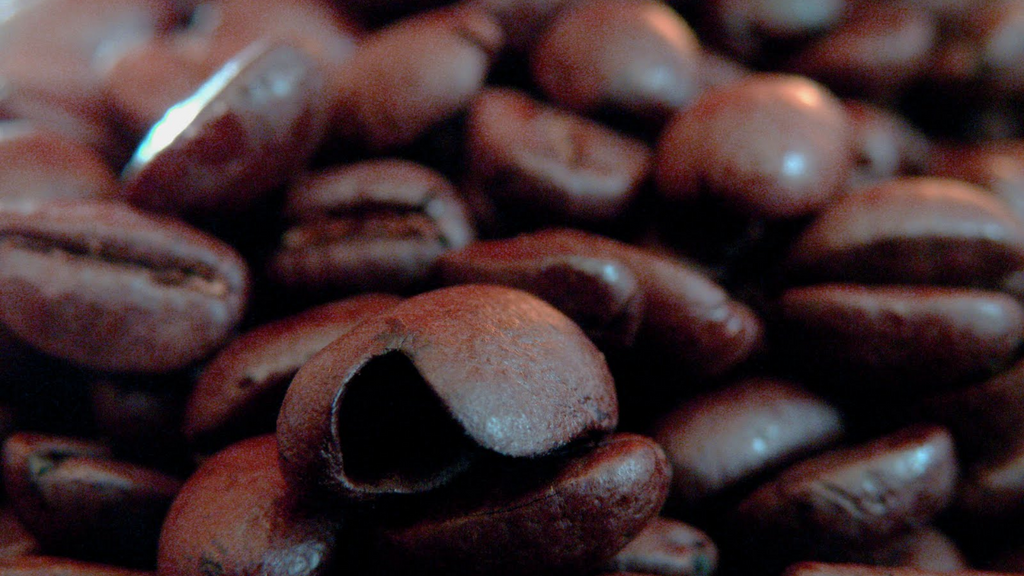Learn about Coffee: What is Single Origin Coffee?

What is Single Origin Coffee? A Definition…
As simple as it sounds, there’s actually some confusion about this. We refer to a “single origin coffee” when it originates from one specific geographic region or country. For most, it’s enough that the coffee comes from the same country, or more commonly, the same region within a country. Some people would go so far as to say the coffee needs to be from one particular farm in order to truly be considered “single origin”
As one example, our Honduras is grown in by one particular farmer - Maria Barahona - in Honduras. That's a pretty specific origin for a coffee. It's from one particular farmer in one particular country.
Some areas of the world we have more generic descriptors available. We currently have a Guatemalan coffee in the shop that comes from the region of Guatemala called Huehuetenango (way-way-ten-AN-go). There are hundreds of farmers and lots of co-ops and other producers in that region of Guatemala. Most roasters still consider this as "single origin" coffee.
Is Single Origin Coffee Better?
Great question. The answer is a definite “maybe”.
One of the benefits of a single origin coffee is that you get to enjoy all of the unique flavors of that coffee growing region. Different origins have different flavor profiles. African coffees – Ethiopians in particular – are known for being bright and fruity. Most Indonesian coffees are deep and rich like a Sumatra. Central Americans are more sweet and medium bodied. These are most certainly generalizations, but you can start to get the idea.
Single origin coffees are most certainly in vogue in the coffee shop world these days. Most third-wave shops tend to move towards only single origins and away from blends. Part of the reason is that it’s harder to hide negative flavors of bad coffee in a single origin than it is in a blend. Decades ago, blends fell out of favor because roasters started using cheaper and cheaper components in their blends and the quality dropped. Single origins tend to stand out more.
Personally, I think it’s a bit short sighted to exclusively go with single origin coffees. Yes, it’s definitely interesting to taste all of the differences between coffees. However, when you push off blends like some second-rate coffee, it’s almost like expecting a chef to make you a meal with only one ingredient. Blending is a whole different art that is for another blog post.
